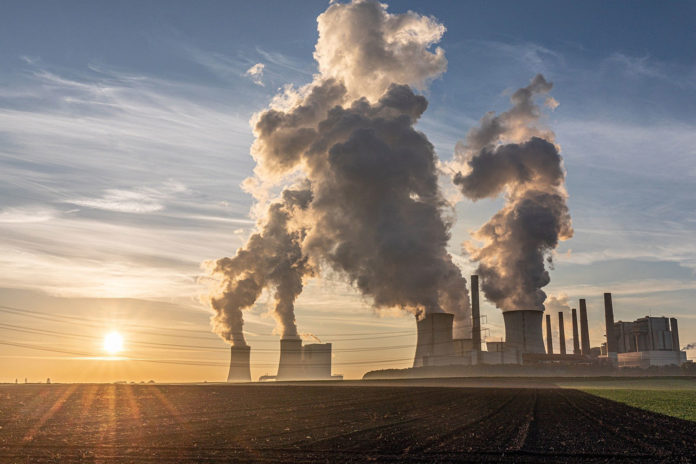The U.S. Department of Energy (DOE) wants to accelerate the development of carbon dioxide (CO2) removal technology. U.S. Secretary of Energy Jennifer M. Granholm announced the DOE’s new program called “Carbon Negative Shot.”
This is the third project under its Energy Earthshots Initiative, the goal of which is to remove gigatons of carbon dioxide (CO2) from the atmosphere and durably store it for less than $100 per ton of net CO2-equivalent. To put this in perspective, one gigaton of subsurface sequestered CO2 is equivalent to the annual emissions from the U.S. light-duty vehicle fleet – the equivalent of approximately 250 million vehicles driven in one year.
The initiative is the U.S. Government’s first major effort in carbon dioxide removal (CDR) and is an all-hands-on-deck call for innovation in the expanding field of CDR – a key facet of the plan to achieve net-zero emissions by 2050.
“By slashing the costs and accelerating the deployment of carbon dioxide removal – a crucial clean energy technology – we can take massive amounts of carbon pollution directly from the air and combat the climate crisis,” said Secretary of Energy Jennifer M. Granholm. “With our Carbon Negative Shot, we can help remove the greenhouse gases already warming our planet and affecting our health – positioning America as a net-zero leader and creating good-paying jobs for a transitioning clean energy workforce. The combination of the Carbon Negative Shot with our massive investments in hydrogen, battery storage, renewables, and decarbonized fossil energy, can make net-zero emissions a reality here and abroad.”
CDR technology captures CO2 directly from the atmosphere and durably store it in geological, biobased, and ocean reservoirs or in value-added products to create negative emissions. This technology still requires significant investment in research and development to create a cost-effective and economically viable technology that can be deployed at scale and in time to meet the urgent needs of the climate crisis.
In September, Swiss startup Climeworks launched Orca, the world’s largest direct air capture (DAC) and storage plant in Iceland. The large-scale carbon capture plants aim to capture 4000 tons of CO2 per year and turn it into solid materials that can be stored underground. In 2017, Climework was able to capture a ton of CO2 for around $600 when it first opened its negative emissions plant. But by using a modular design for its DAC systems, the company expects to reduce the cost of carbon removal and storage to less than $100 per ton.
